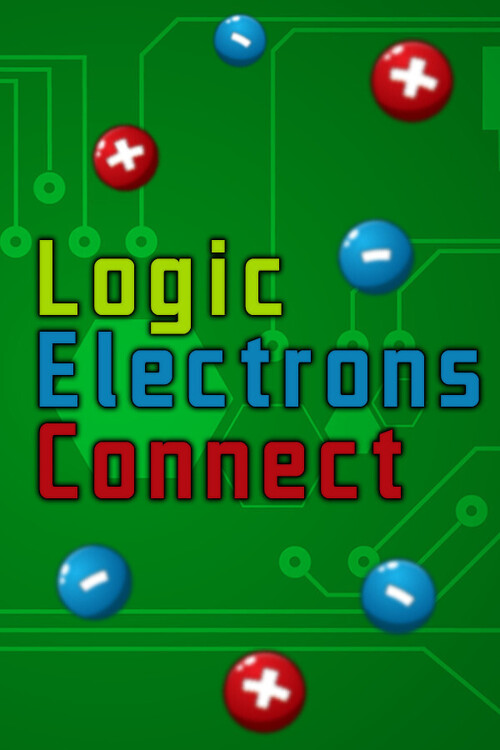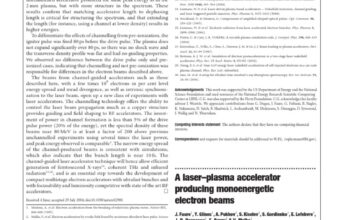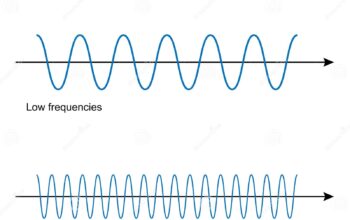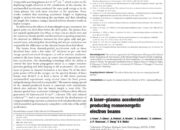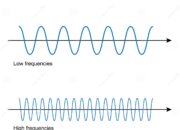In the rapidly evolving landscape of modern electronics, a burgeoning notion challenges conventional paradigms: the concept of ballistic logic. This intriguing approach diverges from the classical understanding of charge carrier movement, positioning electrons not merely as passive entities that traverse a material medium, but as active participants navigating an intricate ballet within engineered molecular circuits. This discourse shall delineate the mechanisms underpinning ballistic logic, its implications for molecular circuit design, and the potential it harbors for revolutionizing electronic systems.
The essence of ballistic logic lies in the fundamentally quantum mechanical behavior of electrons. When subjected to a potential difference, electrons may traverse nanoscopic dimensions in a manner reminiscent of a bullet shot through air—unhindered and direct. This phenomenon of ballistic transport occurs under specific conditions where scattering events are minimized, thereby facilitating a streamlined, efficient pathway. On a larger scale, this behavior can be harnessed for the creation of circuits that transcend the limitations observed in traditional electronic architectures, where significant energy is dissipated due to resistive heating and scattering.
At the heart of ballistic logic is the principle of quantum coherence, which allows electrons to maintain their wave-like properties over relatively long distances in nanoscale environments. Cohesive wave functions enable the preservation of quantum states, allowing for the calculation and processing of information at incredible speeds. Utilizing materials such as graphene or carbon nanotubes, which exhibit exceptional electron mobility and reduced scattering phenomena, designers can fabricate molecular circuits that operate with unprecedented efficiency.
The transition to molecular circuits can be likened to a symphony orchestra; each electron serves as an instrumental note contributing to a larger, harmonious output. Just as a conductor blends various instruments to produce a melodious composition, ballistic logic orchestrates electron movements to yield complex computations and data processing functions. This unique paradigm invites the implementation of molecular scale devices that integrate logic functions at the atomic level, facilitating a significant reduction in size without compromising performance.
Furthermore, the appeal of molecular circuits extends beyond mere miniaturization. The inherent properties of materials at the molecular level unlock possibilities for reconfigurable architectures, wherein the circuit can adapt its operational mode dynamically based on the informational requirements. This aspect parallels the concept of adaptability found in natural ecosystems, where organisms optimize their functions in response to external stimuli. The adaptive capacity of molecular circuits powered by ballistic logic heralds an era in which electronic devices might evolve autonomously, enhancing their versatility and functionality in real-time.
In the context of energy efficiency, ballistic logic presents a transformative alternative to traditional logic gates, which typically rely on thermal energy dissipation. Traditional circuits are constrained by the thermodynamic principles that govern energy loss during computation. In contrast, the elegance of ballistic logic permits the execution of logic operations with minimal energy expenditure. This distinction positions ballistic logic as a pivotal component in the development of sustainable electronic systems, particularly as global demands for energy efficiency and sustainability become increasingly paramount.
However, the practical implementation of ballistic logic is not devoid of challenges. The integration of these cutting-edge molecular circuits into existing electronic frameworks necessitates innovative fabrication techniques and the development of robust materials capable of withstanding operational stresses without compromising integrity or coherence. Moreover, researchers must navigate the intricate landscape of quantum effects, ensuring that decoherence does not impede the fidelity of calculations.
To further illustrate the scope of ballistic logic, consider its potential applications in quantum computing. The manipulation of coherent quantum states—an area in which ballistic logic excels—opens avenues for qubit design that could outperform classical bits in computation speed and efficiency. By leveraging the unique properties of molecular circuits and facilitating coherent transport, researchers can explore avenues for implementing error-correcting mechanisms essential for fault-tolerant quantum systems.
Intriguingly, ballistic logic aligns with the principles of neuromorphic computing, where circuit architectures mimic the processes of the brain. In such systems, the rapid and efficient transmission of information mirrors synaptic interactions, further highlighting the elaborate complexity achievable through molecular circuits. Pursuing a hybrid approach that fuses ballistic logic with neuromorphic principles may pave the way for the development of machines that are not only faster but also more intelligent, capable of learning and adapting to new challenges in real-time.
In the panorama of future technological advancements, the intersection of ballistic logic and molecular circuits emerges as a fertile ground for exploration and innovation. The prospect of harnessing electron mobility to create circuits that exhibit diminished energy consumption and heightened adaptability marks a significant leap toward a new epoch of electronics. As researchers delve deeper into the microscopic mechanics of electron behavior and its implications for circuit design, the potential for groundbreaking advancements looms large on the horizon.
Ultimately, ballistic logic embodies a paradigm shift that transcends traditional electronic methodologies. The synthesis of physics and engineering—not merely as a convergence of disciplines but as a holistic integration of knowledge—unlocks doors to a myriad of applications, from consumer electronics to advanced computational systems. As this field continues to evolve, it is imperative that stakeholders cultivate a collaborative approach to foster the necessary innovations that will propel societies toward a more efficient, intelligent electronic landscape.
